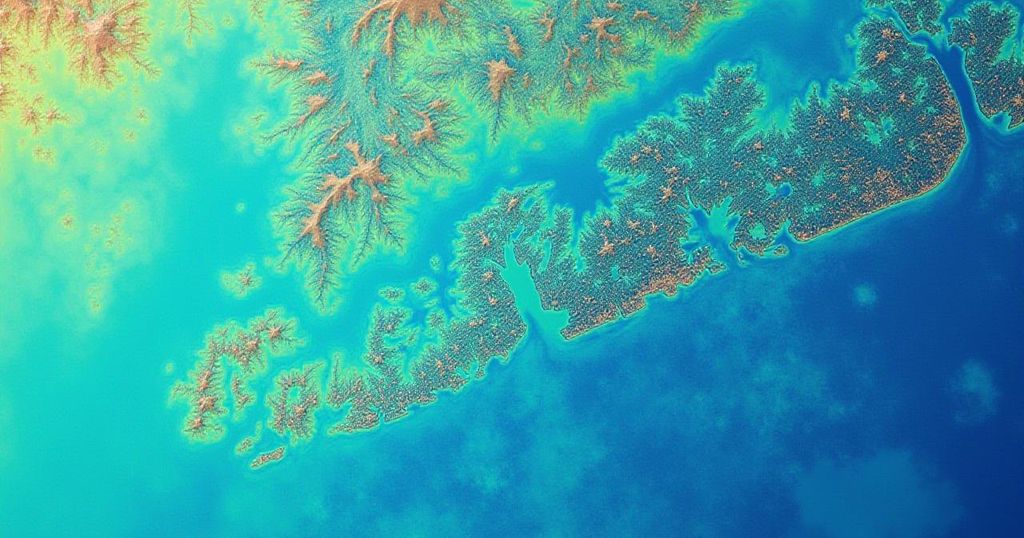Unprecedented Climate Change Threatens Coastal Communities: Insights from NASA Satellite Data

The year 2024 marked a significant escalation in the impacts of climate change, with record temperatures and early hurricane activity overwhelming regions worldwide. NASA’s satellite data reveals alarming trends regarding melting ice and rising sea levels, increasing the risk for coastal towns. The urgency to implement climate-resilient strategies has never been greater as governments and communities confront these existential threats.
In the tumultuous backdrop of 2024, Earth encountered unprecedented climatic shifts, marked by extreme temperature records and devastating hurricanes. July registered the highest average temperatures in over 175 years, culminating in the hottest day ever documented on July 22. Simultaneously, South Africa experienced its winter characterized by record-breaking rainfall and unseasonal storms, including snowfall. A June report confirmed the alarming reality of human-induced climate change leading to unprecedented levels of global warming. Reports from Space.com detailed that climate change is accelerating the melting of glaciers, resulting in rising sea levels that jeopardize coastal communities and disrupt ecosystems. Recent hurricanes, Helene and Milton, inflicted severe damage in the United States and South Florida, respectively, with their intensification directly linked to climate change. In South Africa, weather patterns have become increasingly erratic, with a pronounced cycle of flooding and drought. NASA, along with other space agencies, employs climate satellites to monitor these dramatic changes in weather patterns. Using satellite gravimetry, a method effective in measuring ice mass loss, rising ocean levels, and groundwater shifts, researchers are uncovering the urgent threats facing coastal towns globally. Cedric David, a scientist at NASA’s Jet Propulsion Laboratory, emphasized the surprising insights gained from satellites. He stated, “Satellites can see what we cannot with our own eyes: changes in deep underground water storage that would require us to dig deep in the ground to witness firsthand.” The Intergovernmental Panel on Climate Change has forecasted that by the year 2100, sea levels could rise by approximately 0.43 to 0.85 meters. Although such increments may appear modest, they hold the potential for catastrophic repercussions for coastal regions. Scientists aspire to leverage satellite data as a driving force for policy changes to mitigate pollution and curb climate change. David further asserted, “We have had a series of radar altimetry satellites circling around our Earth in constant operation since 1992 that have allowed us to see the undeniable: Oceans are in constant rise.” It is of utmost importance that individuals residing in coastal areas take proactive measures to enhance their resilience against impending extreme weather events.
The article highlights the alarming consequences of climate change as evidenced by extreme weather patterns observed globally in 2024. It discusses record-high temperatures, early hurricane activity, and severe weather events affecting regions like South Africa. The role of NASA and other organizations in utilizing satellite technology to track these changes is emphasized. The insights gained from satellite data are critical for understanding the physical changes occurring due to climate change, particularly regarding rising sea levels. This information is instrumental in influencing policy decisions geared towards combating climate change and preparing coastal communities.
In summary, the climatic events of 2024 underscore the severe impacts of human-driven climate change, manifested through record temperatures and destructive hurricanes. In light of these developments, NASA’s satellite technology is crucial for monitoring and understanding these changes while providing evidence to advocate for necessary policy adjustments. Through proactive measures, communities can better prepare for the increasingly frequent extreme weather events that jeopardize their safety and livelihoods.
Original Source: www.2oceansvibe.com







